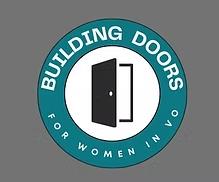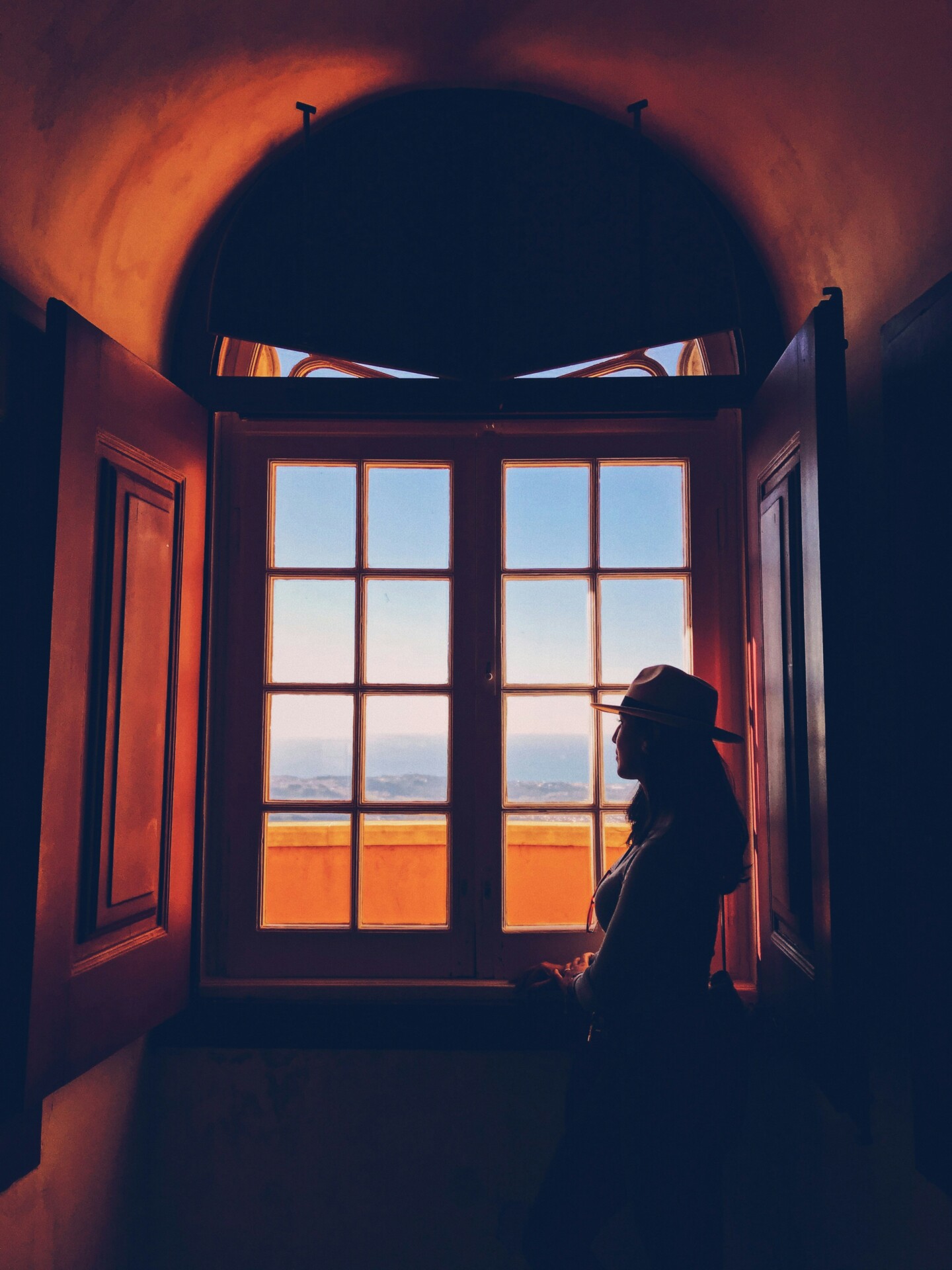You won’t be very far into your voice-over career journey before you notice that the experienced voice-over professionals you’ve been talking to or whose videos you’ve been watching have some visible signs of the investments they’ve made in their own careers:
- Their booth looks like the bat cave. Maybe it has a proper door. (luxury)
- Their microphone(s) cost more than you’ll make in your first six months.
- They belong to a bewildering list of groups with acronyms like GVAA, NAVA, GFTB, or SAG-AFTRA.
- They have more coaches than you have clients.
It’s enough to dampen anybody’s enthusiasm, no matter how often they’ve been told that they have ‘a good TV voice’ or how easy it can be to make a few bucks doing voice-over. This is no different than any other line of work where the romantic idea of the job collides with the reality of how much time and money you’ll need to sink into it before you start getting any of that money back. Business nerds call these “barriers to entry” – hurdles that the people booking jobs all the time have cleared that will demand a lot of your time and effort in your first year.
The barriers themselves are often obvious: a mic, a place to record, a demo. Less obvious is the investment required to get over them, especially when it can be tempting to mimic the coach, instructor, or celebrity you’ve seen who is on their third booth and fourth mic. You do need to spend time and money up front: you don’t need to break the bank. In this post, we’ll supply a few tips on getting the most bang for your buck and call out the absolute essentials for your voice-over journey: the booth, the mic, demo, and the market.
The Booth: $500 (ish)
Your booth competes with your mic for the top spot on VO essentials, but it’s harder to replace a booth and therefore a little more important to make your initial investment the right one.
One of the contradictions in booth construction is that you want to represent to your clients that you have a professional quality recording environment with a low noise floor, but you don’t want (or need) to spend thousands of dollars building a Cube of Silence in your living room.
The result is what matters, and for better or worse, the size of the problem you have to solve was determined the moment you signed your lease or bought your home. If you live alone on a quiet street with no traffic, no leaf blowers, and birds who respect your career, you’ll have a much easier time than if you and your three roommates live next to the airport and a violin school. The good news is that there are budget solutions that can reduce some of the more common problems to digestible size.
Booth Tips

Don’t drop thousands of dollars on a WhisperRoom or other high-end product. They have their place, but that’s endgame content, as they say!
Don’t build anything at all if you have good (meaning isolated) closet space – see below for blanket tips – but you want to get off the ground and earn some revenue before you start adding permanent fixtures to your living space.
Don’t worry that it isn’t perfect: the goal of your first recording space is to make the best of what’s available and maybe add a plug-in or two to your DAW to mitigate any remaining environmental noise. Even the high-end booths aren’t immune to high-energy, low-frequency sounds like leaf blowers, cars, and airplanes; this is a “best effort with the tools available” job!
Do start with Vocal Booth To Go as an excellent resource for a PVC Vocal Booth Frame and acoustic blankets. Their “Producer’s Choice” blankets are great, but you can also pile on moving truck blankets for a nearly-as-good and less expensive alternative. (We’re not affiliated with VocalBoothToGo, and we saved a few bucks buying PVC at Home Depot and using their DIY calculator and some help from TaskRabbit for pipe fitting and cutting).
Do plan on your furniture & computer layout before you build, and leave a little extra space in there.
Do cover your booth (or your closet) with heavy blankets to help isolate your booth and (if possible) make the entrance behind the microphone so that it isn’t pointed right at the thinnest layer of blankets.
Do consider circulation: you won’t be running any fans while recording, but something like a quiet desk fan will keep you cool while you’re editing or browsing.
Microphone & Interface ($250-$400)
There are hundreds of pages of forums and Reddit posts and hours of Youtube content about microphone A vs. microphone B and it’s to your benefit to absorb some of it and to try out several mics – but from a budget standpoint, this category is very simple!
Mic Tips
Don’t drop a thousand dollars on your first mic. Those Sennheiser 416s and TLM 103s are shiny, but they don’t offer a lot of marginal benefit early on – dollar $1,001 is not getting you anywhere near as much benefit to your career as dollar $250.
Do get an XLR mic and a good cable with an interface. Something in the vicinity of a Rode NT1 and a Scarlett Solo (even the previous generation is fine to save a few backs).
Do get a pop shield and a mount that works with your booth and allows a good range of positions.
Do consider used or refurbished as well: studio microphones last a long time so long as they aren’t dropped or abused!
VO Studio Computer & Software
If you already have a desktop or a laptop that functions as your daily driver, chances are it’s good enough to manage the first part of your VO career; we won’t dig into prices or options here simply because it’s often not something you’ll have to purchase specifically for voice-over … but we still have some tips!
Computer & DAW Tips
Don’t get caught up in Mac vs. PC: Use whatever you’re comfortable with, because you’re going to be in there a lot. You might have heard ‘Macs are better for audio production’ or ‘PCs are more powerful’ but neither of these have enough truth left in them today to make a difference to you.
Don’t spend a lot of money on your DAW software.We’re spoiled with a lot of good audio editing software today, but if you’re starting from zero, you can’t beat Reaper at ‘free to try, $60 to buy.’ Don’t pay monthly subscription fees for Adobe Audition or Pro Tools just to break into voice-over.
Do try to make use of whatever equipment is available before buying dedicated hardware.
Do be conscious of fan noise. If possible, put your desktop or laptop outside your booth and get an external monitor that lives inside your booth. You don’t want your perfect take ruined by a fan spinning up.
Coaches, Websites, and Demos: See you Next Time!
In Part 2, we’ll cover training (coaches and classes!) as well as marketing essentials: your website and your first demo.
Sam has been a business owner, entrepreneur, and actor for more than twenty years and has served on regional and national committees for the Actors’ Equity Association. He and his partner, Paulina (aka The Lady Derp) work out of the Booth at Derpington Manor in Austin, Texas.





